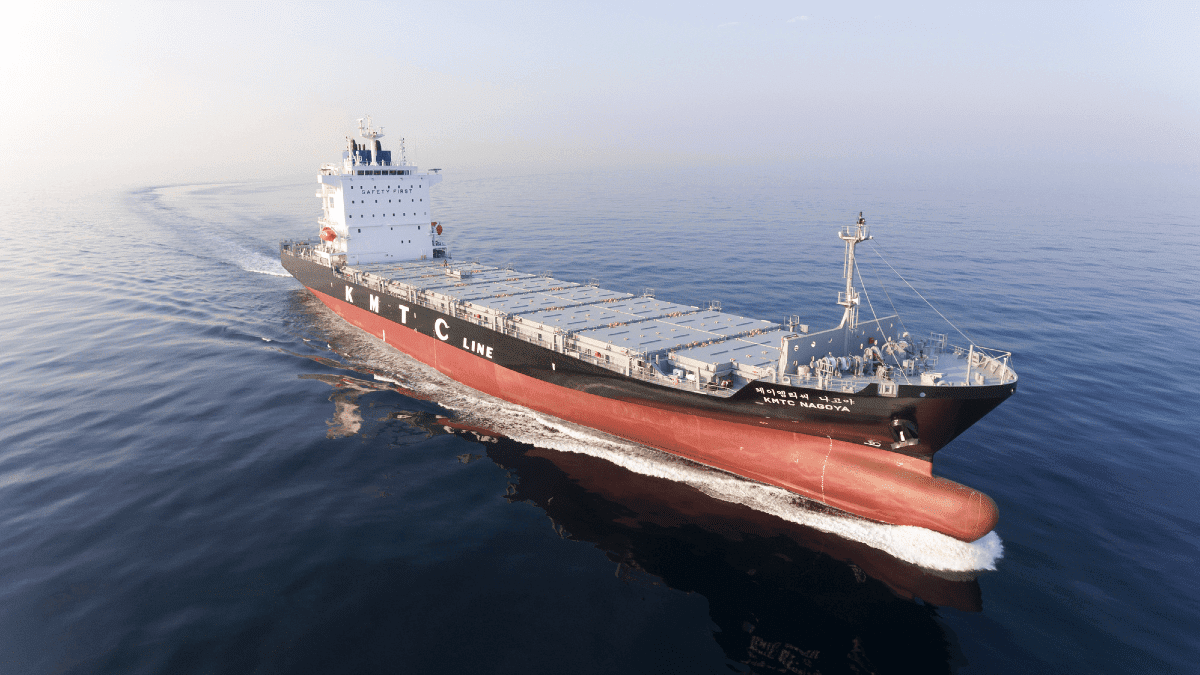Greening of the global fleet is well underway and gaining momentum, with some 59% of all newbuild orders placed in 2022 capable of burning alternative fuels, according to Clarksons Research
In analysing the latest data from Clarksons Green Technology Tracker, Clarksons Research managing director Steve Gordon noted that 54% of all ships ordered this year by tonnage were LNG dual-fuel ships (288 orders of 27.0M gt). While LNG dual-fuel has dominated, orders for methanol dual-fuel tonnage have exploded this year. Clarksons data shows orders for 19 ships amounting to 1.4M gt have been signed between January and September this year, representing 2.9% of all tonnage.
This figure does not include the massive US$2.9Bn order for 12 methanol-fuelled box ships placed in October by Orient Overseas Container Line and COSCO Shipping Lines. These 24,000-TEU container ships will be the largest yet to operate on methanol, when they are delivered between 2026 and 2028 by Chinese shipbuilders Nantong COSCO KHI Ship Engineering and Dalian COSCO KHI Ship Engineering Co.
What seems to have lit the fuse for methanol was AP Moller-Maersk’s contract with Hyundai Mipo Dockyard to construct a 2,100-TEU carbon-neutral feeder ship in July 2021.
Other alternative fuel tonnage included 0.7% ethane (eight orders of 0.4M gt) and 1.3% with battery-hybrid propulsion. In addition, a further 12.7% of orders were ’ammonia ready’ (73 orders of 6.3M gt), 1.2% of orders were ’LNG ready’ (20 orders of 0.6M gt) and 0.1% of orders were ’hydrogen ready’ (three orders of 15,000 gt).
Orders for alternative-fuelled ships add to more than 100% of the total of these type of vessels because of “an increasing trend towards multiple fuels and fuel ready to provide future optionality,” explained Mr Gordon.
On a percentage basis, this year’s 59% far surpasses previous years’ totals. “For context, in 2021 31.5% of newbuild tonnage ordered was for alternative fuel-capable vessels (479 units), up from 211 orders in 2020 and 46 orders in 2016,” noted Mr Gordon.
Of the total orderbook, 38.9% of tonnage is set to use LNG (781 units), 2.2% to use LPG (86 units) and 4.3% due to use other alternative fuels (about 260 units; including methanol (42), ethane (11), biofuels (5), hydrogen (12) and /hybrid propulsion (about 200).






